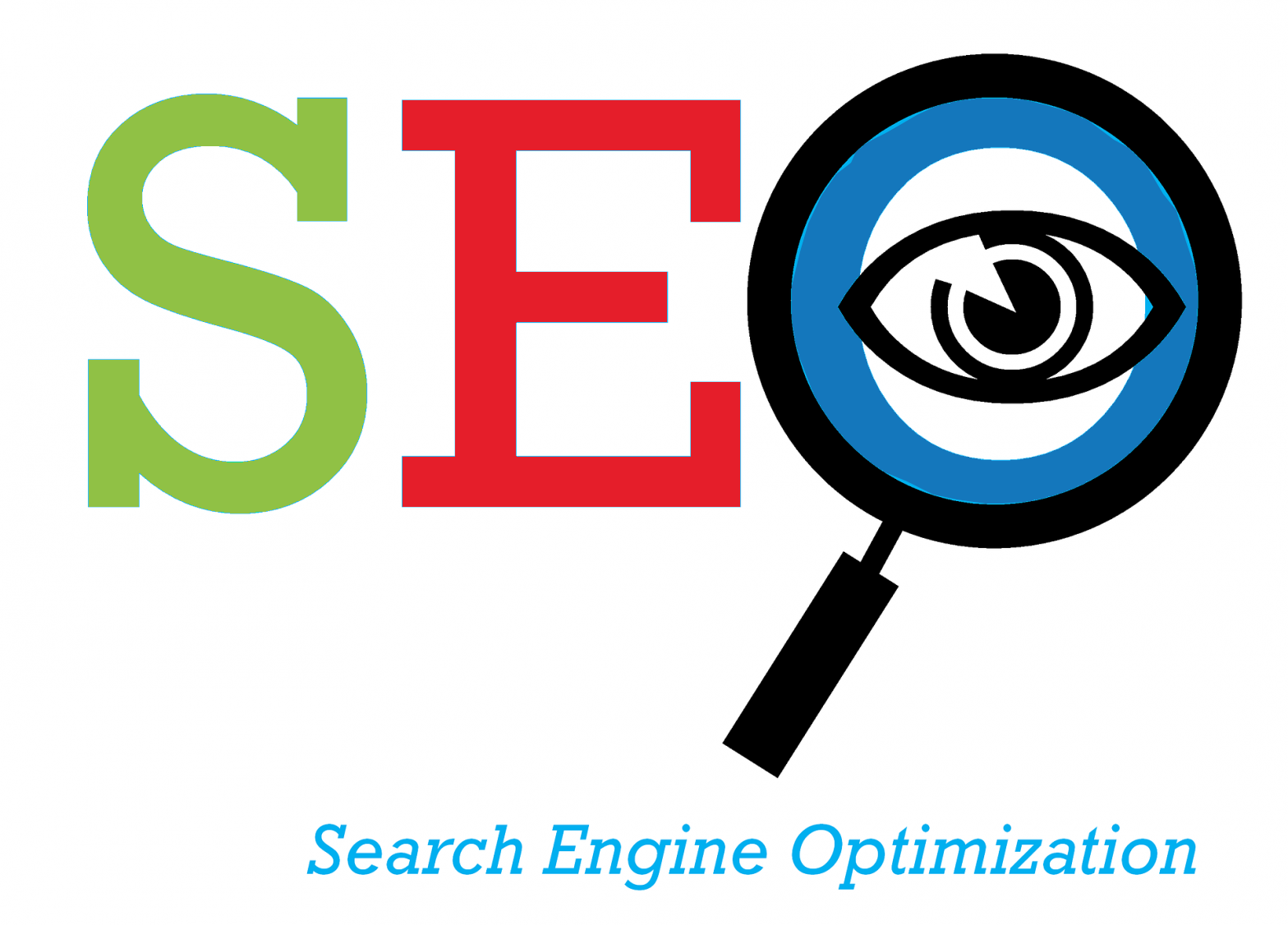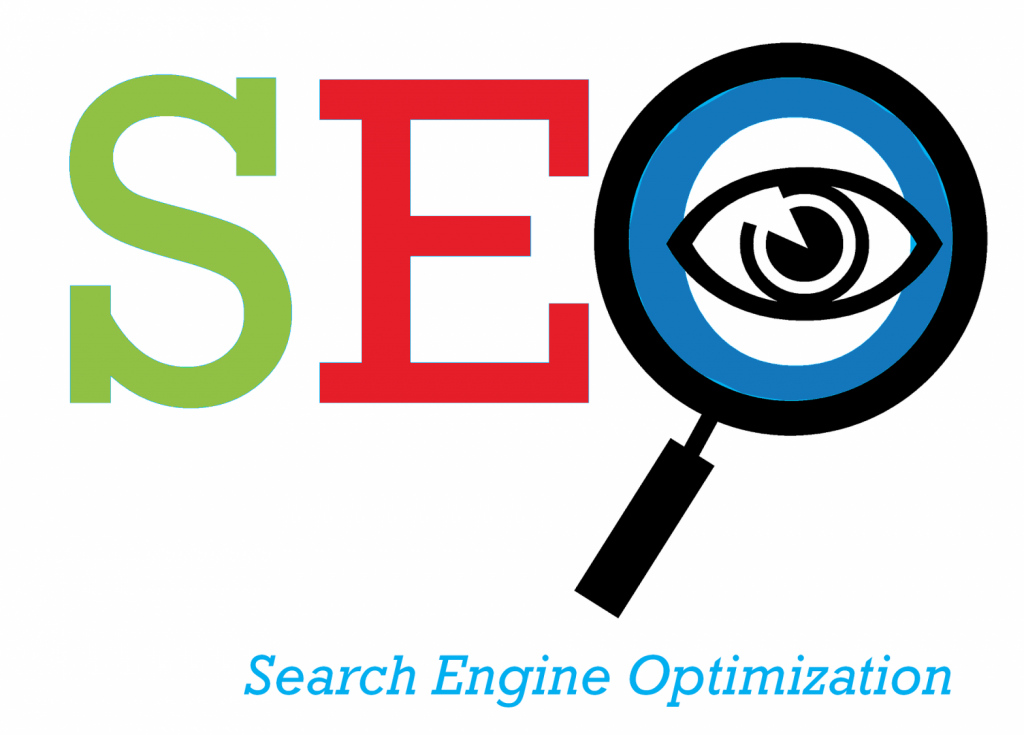
Optimize keyword usage for Google
In web jargon, optimization or natural referencing are the techniques that identify the content of a page or a site by different search engines. On the web there are billions of websites and billions of web pages. In order for your content to be visible and to be highlighted in this nebula, you must necessarily follow certain rules. Among these rules, there is the consistency of keywords
In this article we will explain how to optimize the use of keywords for Google?
Optimization and SEO, and keyword density
Keyword density refers to the distribution of usage across the web page, and its presence in the most important places.
Why do you need to master keyword density?
Keyword density refers to the distribution of usage across the web page, and its presence in the most important places for optimization or SEO.
Why do you need to master keyword density?
The consistent use of keywords offers several advantages for your SEO.
First, it makes it easier for search engines to find your website. This allows it to rank higher in the search results.
Then it indicates the category or subject that is the subject of your web content. This option is requested in the exploration and indexing of your site by search engines.
Now that you know keyword consistency and how important it is to ranking high in search results. We offer you some tips for optimizing keyword usage for Google and other search engines.
1 Balise de titre
Each web page should have a unique title tag that includes the keyword. This is the meta title that appears in search engine results. The title tag is also the first thing your visitors see when they open your web page. This means that it is through the title tag that the search engine determines the relevance of your website.

You have the option of inserting multiple keywords in the meta title. But it is advisable to use one or two to allow the engines to play their role easily. The reduced number of keywords can also avoid diluting relevance. It should also be noted that the titles must be concise because Google applies more weight to the first words of a title and truncates them in the SERPs “Search Engine Result Page” after approximately 65 characters.
2 Meta Description
The meta description is a brief summary of the content of a web page. It usually appears in search results, to give users an idea of the information on the page. If a user finds the relevant meta description on the Google window, for example, it is very likely that they landed on your site.
Often times, the meta description appears in search results if it includes the keyword used by a user in the search query. This is why it is important to include your keywords in your meta description. Like the meta title, it is advisable to keep the main keyword from the introduction to facilitate your visibility.
However, it should be noted that a good meta description should be:
Unique
Actionable
Relevant to the content of the page
135 to 165 characters
Include the main keyword
Include a CTA (call to action) – this is the action you want people to take, for example, “buy now”, “learn more” and “click here”
3 Titles and subtitles
The text of the HTML header tags on a page must also contain the target keywords. The titles, subtitles and meta titles should all be slightly different, but should be very close. Do not copy or paste your page titles into headers.
Search engine bots crawl headers and captions to determine the content of a page, with the
tag being the most important on the page. Include your main keyword in this tag and use one on every page.
Use the <h2> to <h6> tags to add structure and flow to your content. A good user experience is certainly reflected in your search results. If you are using HTML5 on your site, you can have an
tag for each article section.
4 alternative text of the image
Also add your keywords to the images on your site. If the user has a screen reader, slow internet connection, or disabled images on their browser, the image alt text will appear instead.
Google will explore image tags to read alt text. Using your keywords here will help rank your images in Google Image Search, which can be a good source of traffic for your website.
As always, keep your text in a readable format. It is advisable to use the keywords that are most likely to resonate with your audience or that match their search queries in your image alt tags.
5 Body text of the page
Creating detailed, concise content that is relevant to your topic is a rule of thumb for writing a good blog post. It is a standard that facilitates optimization or natural referencing. Use keywords in all content and use semantic keywords. This way your page’s links to the topic are strengthened, and the chance of being ahead in the rankings increases.
Enter your content yourself. Search engines sometimes ignore pages that they believe were copied.
